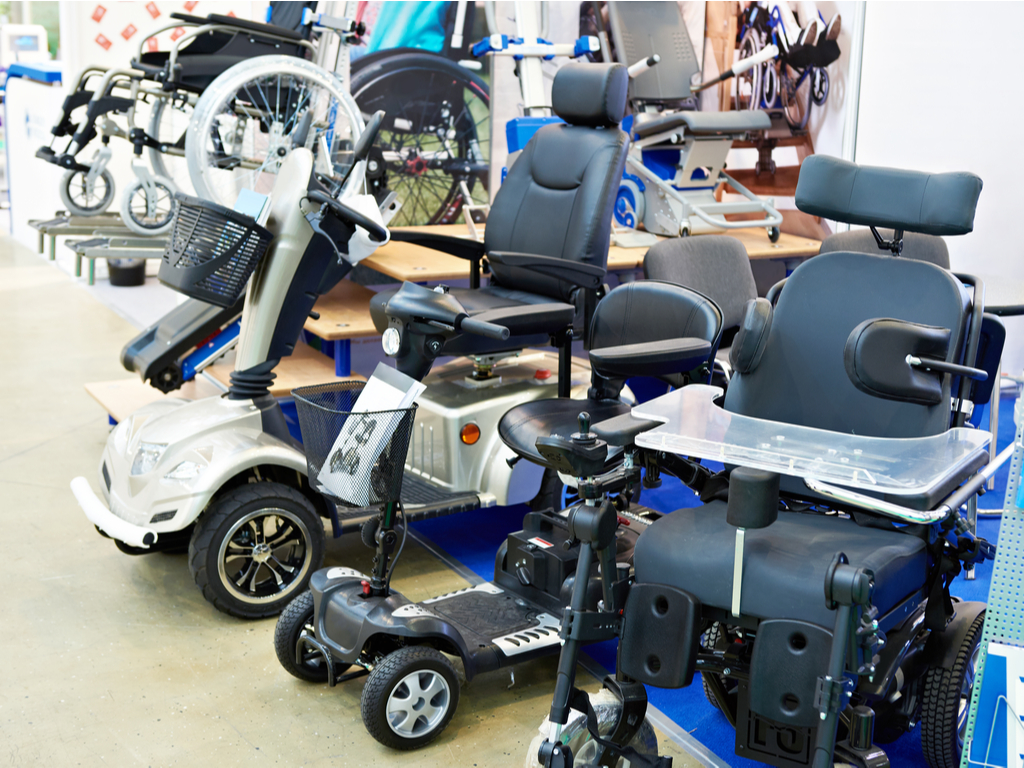The Ultimate Guide For Buying A Mobility Scooter

At a certain point in your life, you won’t feel as energetic as before. Simple tasks such as going to the grocery store or seeing your friends might feel like a huge hassle for you. A mobility scooter will help people with mobility issues to live an active lifestyle and be independent.
While buying one is brilliant, making the right choice might be challenging. With so many mobility scooters on the market, finding the right fit for your needs is tricky. We compiled a helpful guide for buying a mobility scooter for you. Once you go through it, you will know which aspects to consider.
Your budget
Buying a mobility scooter is a significant investment that will make your life easier. The first step is to determine the budget you have available. Keep in mind that the prices will vary, depending on your chosen model. The cheapest models are available starting at £450, with prices going up to £3,500 for advanced heavy-duty models. You can look for a used mobility scooter if you have a limited budget.
When calculating the budget, don’t forget about the additional costs. Some models might come with a standard package that lacks the features you need, so you need to pay more to get the thing you need. In addition, count in the regular costs for batteries, electricity, tires, and routine maintenance. If you use the scooter outdoors, the tires will wear out quicker.
Types of mobility scooters
There are four mobility scooters available so that anyone can find the right fit for their needs. In addition, we explain the different types to make things clear for you.
• Portable or travel scooters are specially designed to fold down for easy transportation.
• Three-wheel scooters are compact and lightweight. This advantage makes them ideal for indoor use. However, have in mind that they aren’t suitable for outdoor use due to the tight turning radius.
• Four-wheel scooters are stable and can handle rough terrain. Therefore, they are an ideal choice for driving outdoors.
• Heavy-duty scooters are suitable for heavier people. Standard models have specific weight limits, so larger users will need enhanced support.
When choosing the right scooter type, consider a few things. If you plan to use the device in your home, make sure to measure the doorways to check if it would fit. You don’t want to find out that the scooter won’t fit through the doors after you have made the purchase.
For outdoor use, it is best to stick with four-wheel models. One of the features to look for is large tires since they tend to maneuver better over rough terrain.
If you travel often, the portable scooter is your ideal pick. If you travel by plane, make sure to avoid lithium batteries since some airlines prohibit them onboard.




